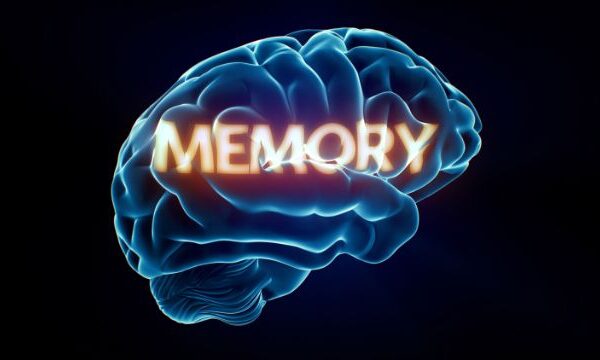We lawyers need to shift our thinking to grasp how to run our law business better.
We need to think of ourselves as “knowledge workers” competing against other knowledge workers (as opposed to lawyers competing against other lawyers).
Obviously, technology is an important element in our law businesses. But there‘s something else that’s even moreimportant…
Which is: solving problems that create profits.
The more complex the problem (or, the more valuable the solution is to your clients) the more you can charge and the more profit you’ll reap.
But solving complex problems requires you to improve your thinking.
So how do you learn to do this, exactly?
One way is by trial and error.
But of course, that takes longer, and it’s unnecessarily frustrating.
Charlie Munger (himself a very successful lawyer) offers this advice
”I believe in the discipline of leveraging the best of what other people have already figured out.”
Model Success
If you study how other people have solved complex problems you’ll get a better sense of how you can do the same thing.
For example…
Henry Ford had to solve a complex problem (which we’ve discusssed already).
He needed to make his cars more affordable so more people would buy them. So he came up with the idea of using an assembly line to make cars faster, cheaper and better.
But how exactly did he come up with the idea of the assembly line?
Pattern Recognition
Ford was actively trying to solve his “productivity problem” for quite a long time. He was persistent, though, and kept at it.
He was patient. And he was open-minded.
So one day he visited a cattle slaughterhouse, and that’s when he had the Eureka moment…
The slaughterhouse was using a linear process (one that was more like a “dis-assembly line” actually), and what he studied carefully was…
- How the workers lined up in order
- The flow of their work, and
- The overall pattern.
As Ford observed this, he wondered if he could adapt that pattern to assembling cars.
We all know what happened. We know that he succeeded, and that’s fine.
But, let’s go back to pattern recognition as a way of solving problems. Here’s the thing to keep in mind.
Two Kinds of Pattern-Recognition
Simple problems are easy to solve with simple pattern recognition.
For example, if you need to draft a promissory note you can easily copy the last one you did and modify it.
Or you can buy a form and use that. But, either way…
We’re looking at really basic pattern recognition. Which is fine for a simple, repeating problem.
But because solving simple problems with basic pattern recognition is pretty easy computers are now increasingly doing this instead of humans.
So you probably want to stay away from building your business around solving simple, easy problems.
Solving harder problems is more valuable. And it requires more nuanced pattern recognition.
Like the kind that Henry Ford used.
If you want to learn higher-level pattern recognition I recommend you look outside of the legal world (especially if technology is involved in any way).
Learn from the best pattern recognizers, no matter what domain they’re operating in.
Ford got his key insight from outside of the car manufacturing world.
And I bet your best insights for improving your law practice will come mostly from outside the world of lawyers.
Lawyers tend to think along the patterns we’ve grown most accustomed to. This is fine if you’re looking for legal precedents to support an argument in a legal brief.
But that’s maybe not so helpful when figuring out how to run a modern business that depends heavily on the use of digital technology.
Mull it over. And remember…
“The task is not so much to see what no one has seen, but to think what no one else has yet thought, about that which everybody sees.” – Erwin Schrödinger
Because when you start to shift your thinking you can solve some pretty amazing problems.
Use technology to radically improve your law practice by focusing on the few core elements that have the biggest impact.






